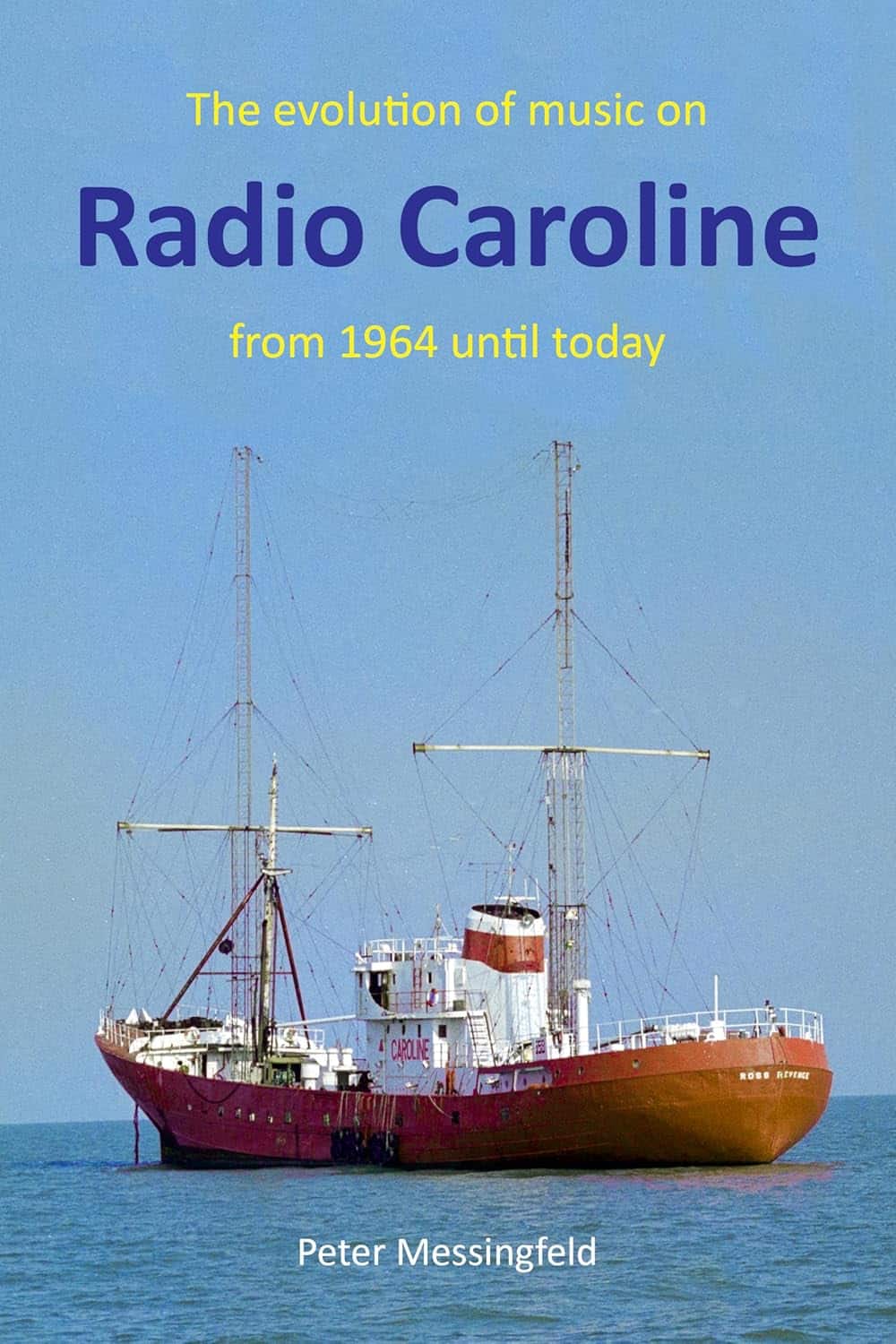The question of what will endure from the offshore radio stations has yet to be answered. There is only one possible answer: their music and the unique presentation style of their DJs. Top-40 radio made its way into Europe with the floating radio stations, and in the seventies, Radio Caroline and Radio Seagull were innovative once again with their album rock programming. At that time, the music fascinated a particular age group, was part of pop and hippie culture, but was still limited to a minority. Today, you can hear melodies from the Beatles, Eric Clapton, Neil Young, and Pink Floyd in every hotel elevator, on many mountain lodges, at the beach, in pubs and restaurants, and in every department store. Radio stations looking to appeal to older listeners often play “the best oldies of the sixties, seventies, and eighties.” Some might find this constant background music annoying, and as we get older, we might sometimes prefer classical music on the terrace. Yet, there’s no doubt: the influential music of the offshore radio stations has prevailed everywhere and has become part of our culture.
Peter Messingfeld’s new book offers a fascinating insight into the history of the iconic offshore station Radio Caroline and its defining impact on the music scene. Radio Caroline has symbolized rebellion and musical freedom for six decades. From the rock and pop sounds of the 1960s through the punk and new wave of the 1970s and 80s, to grunge and Britpop of the 90s, the book illustrates how the station constantly embraced new musical trends and continually evolved its selection. It delves not only into musical but also social and political influences that have shaped the station’s development.
The work also includes 14 selected charts that Radio Caroline broadcast over six decades, some of them for special occasions. These collections exemplify the musical diversity that Radio Caroline introduced to generations. They strikingly showcase how the station promoted artists and music genres outside the mainstream, bringing them to a wide audience.
Among Caroline’s DJs and technicians, there were often intense, at times bitter debates about the best “music format,” which in hindsight proved productive for the diversity of songs heard. When in doubt, each DJ would simply play what they liked. The book particularly highlights Radio Caroline’s pioneering role in alternative music (“Europe’s first and only album station”) and its importance as a source of inspiration for generations of music enthusiasts. It is a tribute to the legendary offshore station, which, despite all challenges, stayed true to its mission: to promote music that transcends boundaries, connects people, and excites.
Much has already been written about Radio Caroline in many worthwhile books. However, Peter Messingfeld’s book fills a gap and is highly recommended for all music lovers and readers interested in the history of broadcasting.
A review by Martin van der Ven, October 2024
The book has 196 pages with 18 photos, 8 illustrations and full colour throughout. The book is available on Amazon as both e-book and paperback in either English or German. It can be ordered here.

